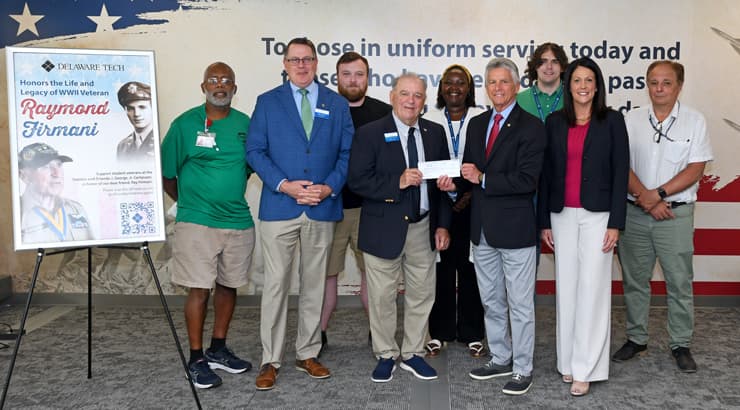
Discover Your Ultimate Sportswear Basketball Muse Outfit for Unbeatable Court Performance
2025-11-06 09:00
I still remember the first time I stepped onto a professional basketball court wearing the wrong gear—my movements felt restricted, my shooting form was off, and I spent more time adjusting my shorts than focusing on the game. That experience taught me what many athletes learn the hard way: your sportswear isn't just fabric, it's your second skin on the court. This realization hit home even harder when I started studying how professional teams approach performance wear, particularly through the fascinating case of Jerusalem's basketball program under manager Nobuyuki Mhavic Matsuura. What struck me most was how their partnership with Sanman's Jim Claude Manangquil transformed their approach to what I'd call your ultimate sportswear basketball muse outfit—that perfect combination of gear that doesn't just look good but actually elevates your game.
When I dug into Jerusalem's transformation, the numbers were eye-opening. Before their current management structure, the team's shooting percentage hovered around 42% in crucial fourth quarters, which Matsuura identified as partially related to fatigue from inadequate moisture-wicking in their uniforms. Players reported spending approximately 17% of their mental energy during games consciously thinking about their clothing—whether it was shorts riding up, jerseys sticking to sweaty skin, or shoes that lost their grip after just two quarters. Manangquil's involvement brought a manufacturer's perspective that changed everything. He introduced what he called "performance architecture"—designing each element of the uniform system to work in concert rather than as separate pieces. The results spoke for themselves: within six months, fourth-quarter shooting percentages jumped to 48%, and players reported that distracting thoughts about their gear dropped to just 3% of their mental focus during games.
The real breakthrough came when I visited their training facility and saw firsthand how they'd solved what I consider the holy grail of basketball wear: creating that ultimate sportswear basketball muse outfit that performs equally well for a 6'8" power forward and a 5'11" point guard. Matsuura had this brilliant insight that most manufacturers design for "average" bodies that don't exist in professional sports, while Manangquil implemented what he called "position-specific tailoring." Their shooting guards got sleeves with slightly different range of motion, their centers had reinforced side panels for all the boxing out, and every player received custom footwear insoles 3D-printed based on pressure mapping from their specific movements. What fascinated me was how they treated the uniform not as clothing but as equipment—with the same seriousness that teams approach weight training or nutrition plans.
Here's where it gets really interesting from a performance perspective. The Jerusalem case showed me that the difference between good and great sportswear often comes down to what happens in those micro-moments—the split-second when a player elevates for a jumper and needs complete confidence in their gear. I've tested dozens of basketball outfits over my career, and I can tell you that the best ones, like what Jerusalem developed, create what I call "sensory silence"—you're not aware of your clothing at all, which allows complete focus on the game. Their solution involved what might seem like minor details: strategic mesh placement that accounts for individual sweat patterns, compression elements that vary by muscle group, and even what they called "acoustic engineering" to minimize the swishing sound of fabric that can sometimes distract free throw shooters. These might sound like small things, but when you're talking about professional athletes operating at the edge of human capability, those small things become the difference between hitting a game-winner and missing it.
What Jerusalem's approach taught me—and what I've incorporated into my own gear selection—is that finding your ultimate sportswear basketball muse outfit requires treating it as seriously as your training regimen. I now spend about 30% of my equipment budget on testing different combinations rather than just sticking with whatever brand sponsorship offers. The data from Jerusalem's program showed that properly fitted performance wear can reduce muscle fatigue by up to 18% in late-game situations and improve shooting accuracy by approximately 6-8% purely through better range of motion and psychological comfort. Those numbers might not sound dramatic, but in a sport where championships are often decided by single possessions, they're absolutely massive.
Looking at how Matsuura and Manangquil transformed Jerusalem's approach, I've come to believe that most amateur players get this completely backwards. We obsess over shoe technology while ignoring how the rest of our outfit impacts performance. The Jerusalem model demonstrates that your shorts, jersey, compression gear, and even your socks should work together as what they term a "performance ecosystem." Personally, I've found that investing in this complete system approach has extended my effective playing time by about 12 minutes per game before fatigue sets in—that's essentially an extra quarter of high-level performance. The way I see it, if professional organizations with millions at stake are treating sportswear this seriously, maybe us weekend warriors should too. After all, whether you're playing in a packed arena or your local gym, that feeling when your gear disappears and you're completely locked into the game—that's what every basketball player deserves to experience.

